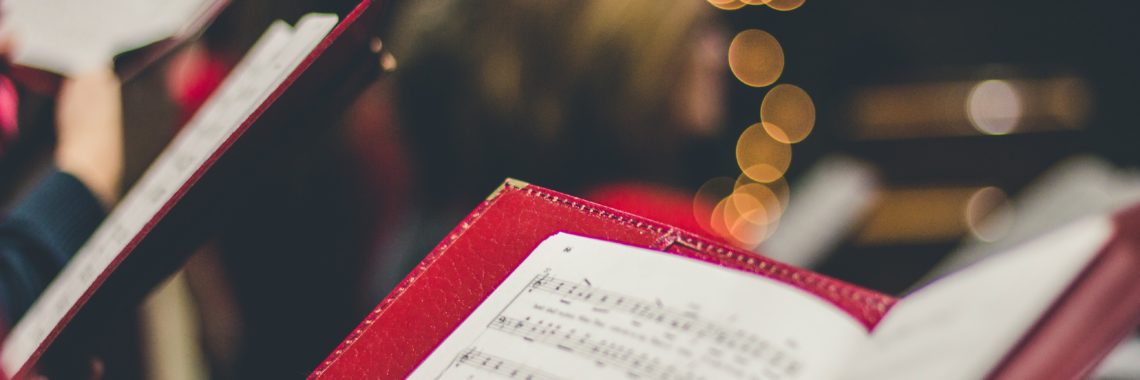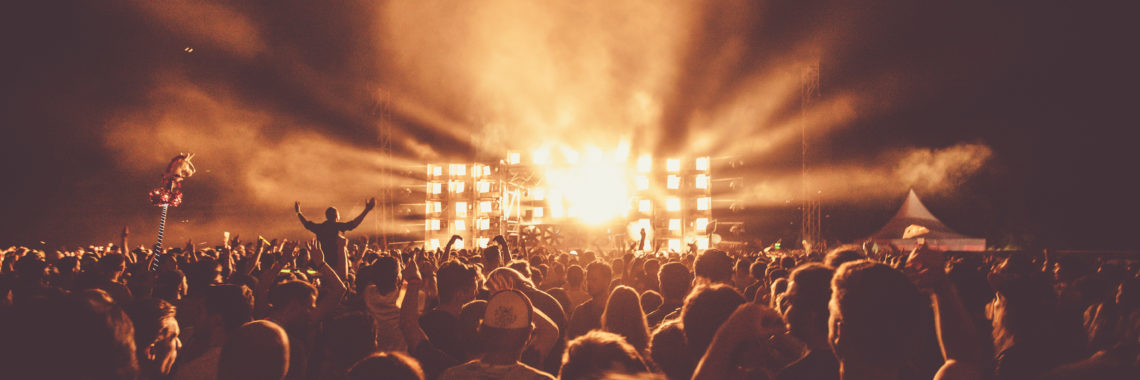“The Chorister’s Tale: Religious Freedom Analogies in the COVID Pandemic” by M. Christian Green
Photo by David Beale on Unsplash. No one has heard a peep from this chorister in nearly a year. Trained in law, religion, and the law of religious freedom, there was a time early in the pandemic when I wondered whether the social distancing mandates being adopted by state and, in some cases, municipal governments…







